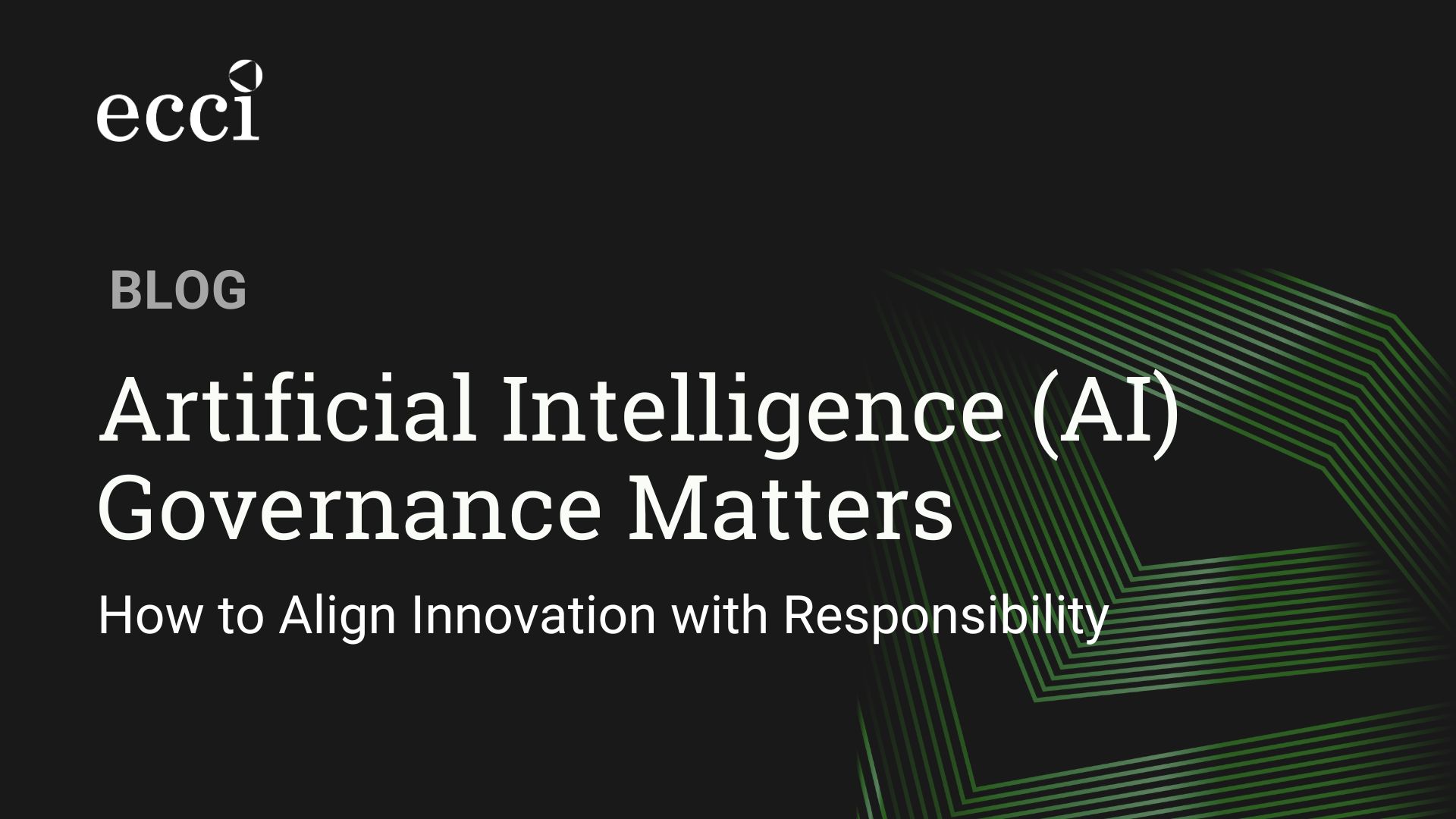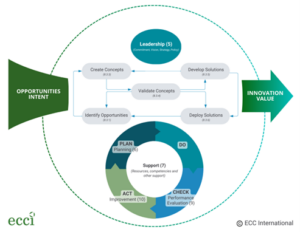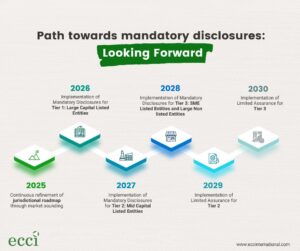Seemingly right on the heels of GRI G4 Guidelines is the GRI Sustainability Reporting Standards. Launched last 19 October 2016, its aim is to set a common language among companies for non-financial information disclosure and provide a means for even greater transparency on the economic, environmental and social impacts companies make.
The GRI Standards: an even better strategic reporting tool
While reception to the GRI G4 Guidelines have been positive and it remains the most widely used framework for sustainability reporting, the G4 guidelines are often subject to misinterpretation and reporting loopholes. We have seen sustainability reports serve as a platform to showcase revenue performance. Sometimes, imbalanced reporting occurs when positive impacts disproportionately outweigh negative effects.
Amidst stakeholder demand for accountability and transparency, the new GRI Standards will fully replace the G4 Guidelines come 1 July 2018. With its rollout, there is an emphasis on due communication as well as a shift towards economic, environmental and social impacts. The transition entails an enhanced format and the use of six new modular structures that provide better clarity on reporting specifics (more on this below).
Levelling up: from Guidelines to Standard
The transition is seen as a move from following reporting guidelines into adopting formal reporting standards to ensure both adherence and consistency. While the Standards remain voluntary, language clarity already identifies what is required (shall), what is recommended (should) and what is optional (can). Clear too beyond the language change is the rigor required to apply the Standards.
“The GRI Standards make it much easier for companies to report non-financial information, using a well-understood shared language,” said GRI Interim Chief Executive Eric Hespenheide. “The Standards are more straightforward, making them accessible to potentially millions of businesses worldwide. Sustainability reporting, using the GRI Standards, is the best way for a company to disclose its economic, environmental and social impacts, thus providing insights into its contributions – positive or negative – toward sustainable development.” 1
Face change to the look of the report, Materiality is still at center stage
The Standards are based on the G4 Guidelines, there is no substantive difference in terms of the vigor in reporting, determining materiality and content, nor in the credibility of assurance practices. How material issues are prioritized remains the same, though specifics on what is reported against the materiality principle are more robust.
In Accordance Option is retained the same as G4
One of the changes is that the Principal Manual + Implementation Manual have become the Modular Standards and the Reporting Principles/In Accordance Criteria, General Standard Disclosures, and Disclosure on Management Approach are now GRI 101, GRI 102 and GRI 103.

Addressing cross-sectional issues, there are no longer Aspects, it is all Topics. These have been whittled down from 46 Aspects + Topics in G4 into 36 Topics as discussed in GRI 200 (Economic), GRI 300 (Environmental) and GRI 400 (Social). These include all Performance Indicators. No longer required, Sector Disclosures are referenced as guidance.
All the standards are numbered and there have been changes in order of Disclosure. Under the Standards, Grievance Mechanism is disclosed only if deemed material.
To be In Accordance, Report against GRI 101, GRI 201 and GRI 301 is required plus a minimum of one (1) material topic disclosure for CORE, and each disclosure required for each material topic for COMPREHENSIVE. While the selection of Standards in GRI 200, GRI 300 and GRI 400 are based on the selected material aspects (references may be made in isolation).
Making the change
As a strategic tool, a sustainability report processed in the right way is powerful. It articulates the sustainable development of companies from vision to goal to development to achievement.
From G4 to the Standards, materiality is the bedrock of sustainability reporting and this is what should be reflected. Materiality assessment is central to determining stakeholder view and the impacts, positive and negative, of the business throughout the value chain. From this, alignment to the Guidelines or the Standards will follow.
Adoption of the GRI Standards is a welcome opportunity to address stakeholder expectations of transparency and accountability and communicate a company’s sustainability agenda though the changes necessitated by the Standards, in the G4 templates and formats we have just gotten used to, are neither simple nor few. However, in theory, it should be easier and quicker to report on any significant changes within a given reporting period as the Modular Standard format accommodates piecemeal changes. This is particularly significant for companies already having management processes in place, able to gather solid information, on how sustainability is integrated well within the business strategy.
For companies that are new to Sustainability Reporting, bear in mind that the Standards are not yet fast approaching. Reporting processes can be analyzed and modified to be in alignment with the Standards. A gradual transition from G4 to the Standards should be planned to allot the necessary time and resources for data gathering and document preparation.
References:
1 First Global Sustainability Reporting Standards Set to Transform Business. (2016, October 19). Retrieved from https://www.globalreporting.org/information/news-and-press-center/Pages/First-Global-Sustainability-Reporting-Standards-Set-to-Transform-Business.aspx
https://www.globalreporting.org/information/news-and-press-center/Pages/First-Global-Sustainability-Reporting-Standards-Set-to-Transform-Business.aspx
https://www.globalreporting.org/information/news-and-press-center/Pages/Leading-for-a-new-era-of-sustainability-GRIs-Combined-Report-just-released.aspx
https://www.globalreporting.org/standards
https://www.globalreporting.org/information/g4/transition-to-standards/Pages/default.aspx
Video Link:
https://www.youtube.com/watch?v=f68dTFEGcX8








